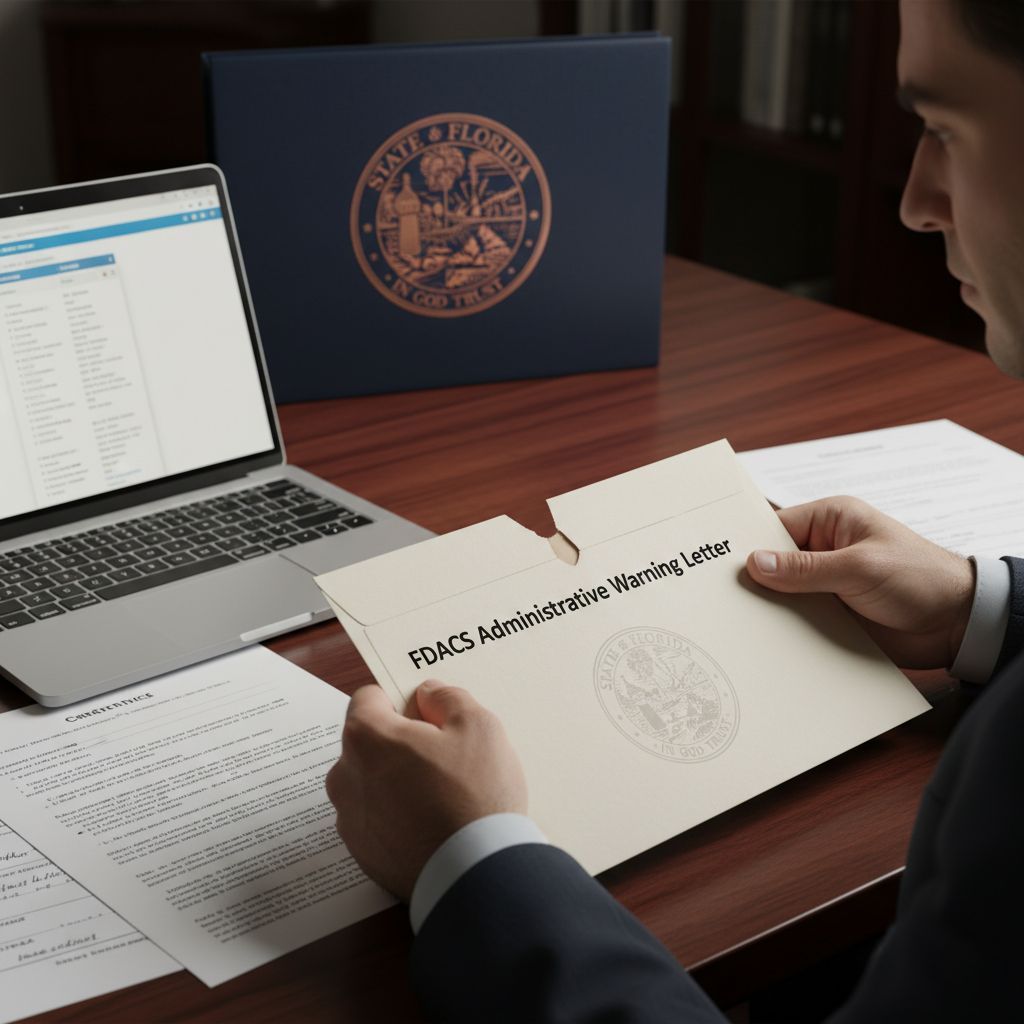
What Is Doxing?
Doxing (or doxxing) refers to the act of gathering and publicly revealing personal or private information about an individual without their consent, typically with the intent to harm, intimidate, or harass. The term comes from “docs” (short for “documents”) and initially referred to compiling and publishing a dossier of someone’s sensitive data. Contact Elevate Legal Services, PLLC today to learn more on how to protect yourself from doxing.
Commonly Targeted Sensitive Information:
- Full name
- Home address
- Phone numbers
- Email addresses
- Social Security Number (SSN) or similar identification numbers
- Family Members
- Private conversations or messages
- Financial information
- Workplace or employment details
- Photos or other identifying information
Common Sources Of Sensitive Information:
- Social Media
- Public Records i.e., Property and Court Records
- Wedding Announcements
- Newsletters
- Public Conferences
- Public Forums, Blogs, and Discussion Boards
- Unprotected Networks
- Voter Registration Lists
Consequences Of Doxing:
- Emotional distress or anxiety
- Physical threats or stalking
- Loss of privacy
- Damage to reputation
- Job loss or professional consequences
- Legal repercussions for the Doxer, depending on jurisdiction
How Can I Protect Myself From Doxing?
- Monitor your online presence and think carefully about the content you share, including temporary photos and videos.
- Eliminate Personally Identifiable Information (PII), such as your address, date of birth, phone number, etc., from your social media profiles.
- Regularly check your followers and decline requests from individuals you do not recognize.
- Request to have your personal information removed from public records websites. Well-known websites include, BeenVerified, FastPeopleSearch, Intelius, PeopleFinders, Spokeo, TruthFinder, and Whitepages.
- Remove unnecessary apps and browser extensions to prevent the collection of your personal data.
- Limit location tracking on apps and websites by disabling location services for each one individually.
- Activate private settings on your social media accounts, apps, and other websites to protect your information.
- Implement two-step verification, use strong passwords, and avoid using the same password across multiple accounts.
- Regularly check if your information has been compromised in data breaches.
- Use a VPN to hide your IP address when browsing the internet.
Methods Used In Doxing:
1. Social Media Scraping:
This involves gathering information from publicly available profiles.
How It Works:
- Many users inadvertently leave personal details on their social media accounts that are publicly visible, such as full names, date of birth, locations (e.g. home address, check-ins, tagged posts), family members, relationships, employment details (e.g. LinkedIn profiles).
- Doxers gather this publicly available information by manually browsing through the profiles or using automated bots to collect sensitive information across different platforms, i.e., Facebook, Instagram, Twitter, LinkedIn, and many others.
Why It’s Effective:
- Even if the user believes that they are sharing very limited information, small details always end up pieced together creating a complete profile.
- Public interactions, comments, and likes can reveal patterns and habits.
Preventive Measures:
- Use available privacy settings to limit the public visibility of your social media profile.
- Avoid sharing sensitive details online at all costs.
- Regularly check your social media profiles, remove unknown contacts, and remove old and any unnecessary information.
2. Hacking:
Doxers may use hacking tactics to gain unauthorized access to a target’s private accounts.
How It Works:
- Hacker’s use phishing attempts using fake emails or websites tricking the victim into entering their login credentials.
- Malicious softwares records everything typed, including the passwords.
- Automated attempts to guess passwords by trying various combinations.
- Using previously leaked credentials (from data breaches) to gain access to other accounts where the victim may have reused the same login details.
Why It’s Effective:
- People often reuse passwords or fall for phishing scams, making their accounts vulnerable.
- Once inside, a Doxer can extract sensitive information such as private messages, contact lists, or financial data.
Preventive Measures:
- Use unique, strong passwords and a password manager.
- Enable two-factor authentication (2FA) on all accounts.
- Be cautious about clicking on links or downloading attachments from unknown sources.
3. Social Engineering: Manipulating People Into Revealing Personal Information.
This method exploits human psychology to trick individuals or organizations into revealing confidential information.
How It Works:
- The Doxer pretends to be someone trustworthy, such as a customer service representative, employer, or colleague, to request sensitive details.
- Creating a fabricated scenario to convince the target to share information. For example, claiming to be from a bank and asking for account verification details.
- Offering something enticing (like free software) to lure the victim into providing information or installing malware.
- Physically following someone into restricted areas to access private information or systems.
Why It’s Effective:
- Relies on the victim’s trust or fear of authority.
- Can bypass technical defenses, as the victim willingly provides information.
Preventive Measures:
- Be cautious about sharing sensitive information, even with people who look legitimate.
- Verify the identity of anyone requesting your information.
- Provide minimal information when dealing with unfamiliar requests.
4. WHOIS Lookups: Finding Personal Details Through Domain Registration Information.
When someone registers a domain name, their personal information, such as name, address, and phone number, may be included in the WHOIS database.
How It Works:
- WHOIS is a public database where anyone can search domain registration details.
- Unless privacy protection services (domain privacy) are enabled, a Doxer can easily retrieve personal information linked to the domain.
Why It’s Effective:
- Many domain registrants don’t realize their information is public by default.
- This method is effective for individuals or small businesses who use their personal details for domain registration.
Preventive Measures:
- Use domain privacy protection services offered by registrars.
- Register domains with business or proxy information instead of personal data.
5. Data Breaches: Exploiting Previously Leaked Information.
Doxers leverage previously leaked databases containing sensitive user information.
How It Works:
- Data breaches from companies or services can expose:
- Names
- Email addresses
- Passwords
- Financial details
- Address and phone numbers
- Doxers purchase or obtain these leaked databases from forums on the dark web or public repositories.
- Using this information, they either directly exploit the victim or use it as a starting point to gather more data.
Why It’s Effective:
- People often reuse information (like passwords or security questions) across different platforms, making it easier to compromise multiple accounts.
- Even old data breaches can remain relevant if the victim hasn’t updated their details.
Preventive Measures:
- Regularly check if your information has been compromised using tools like “Have I Been Pwned.”
- Change passwords immediately if you suspect exposure.
- Use different passwords and security questions for different accounts.
Request To Remove False, Abusive, Or Threatening Content
You might want to send a takedown request to the website or platform, following their guidelines.
Document Evidence
Consider documenting to keep your evidence safe. Save all your emails, voicemails, and text messages. Also, take screenshots or photos of any comments on social media platforms.
Reporting The Incident
If you receive a threat to your safety or feel scared because someone is bothering you, report the incident to the local law enforcement agencies, as well as report it to social media platforms or websites. Doxing is considered unethical and, in some jurisdictions, illegal. Victims can sometimes take legal action, depending on the severity and local laws. If you are a victim of an online crime, file a complaint with the FBI’s Internet Crime Complaint Center (IC3).
Elevate Legal Services, PLLC: Your Shield Against Doxing And Cyber Harassment
At Elevate Legal Services, PLLC, we understand the profound emotional and financial impact that Doxing and cyber harassment can inflict. Whether you’re targeted by a malicious individual or an organized group, the invasion of your privacy and safety can be overwhelming. Our team of legal and cybercrime experts is dedicated to helping victims protect their identity, reclaim their privacy, and take decisive legal action against perpetrators.
From issuing cease-and-desist orders to collaborating with law enforcement, we offer comprehensive solutions tailored to your specific circumstances. Our goal is to not only stop the harassment but also hold those responsible accountable for their actions.
Don’t Face Doxing Alone
If you’ve been a victim of Doxing, time is of the essence. Taking immediate action can prevent further harm and hold the perpetrators accountable.
Contact Elevate Legal Services, PLLC today at(561) 770-3335 or email [email protected] for immediate assistance. Our dedicated team is here to provide confidential consultations, helping you navigate this difficult time and take the first steps toward reclaiming your peace of mind.






